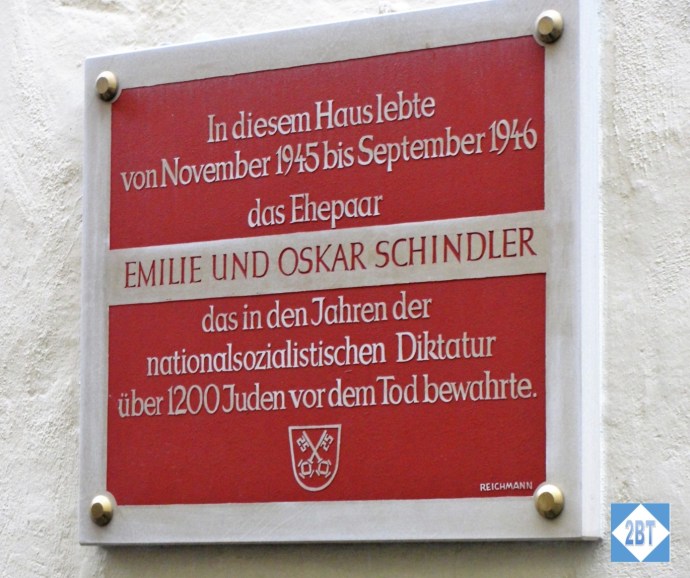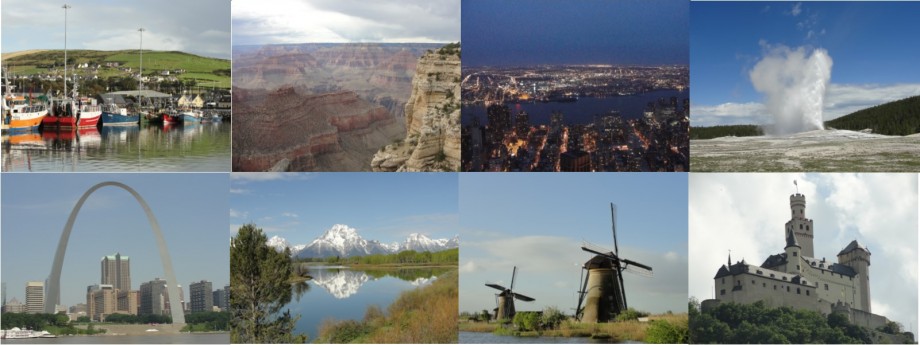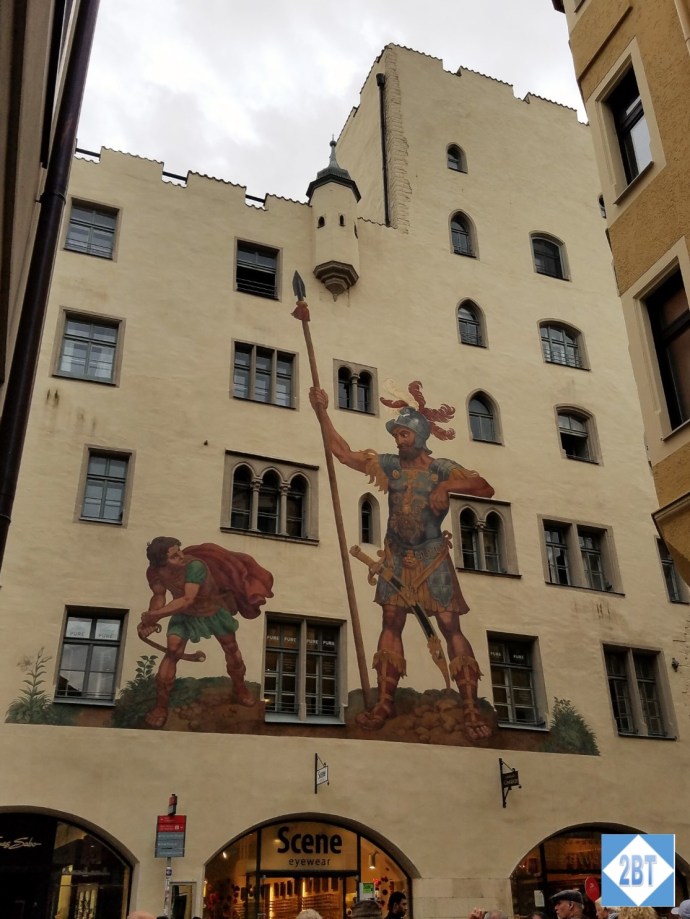Danube Trip: Chicago to Brussels
Danube Trip: Brussels Adventures and Getting to Prague
Danube Trip: Marriott Courtyard Prague
Danube Trip: Prague, Czech Republic
Danube Trip: Boscolo, Autograph Collection
Danube Trip: Prague to Nuremberg
Danube Trip: Viking River Cruise Boats – the Njord and the Bestla
Danube Trip: Nuremberg, Germany
Danube Trip: Weltenburg Abbey and Danube Narrows
Danube Trip: Regensburg, Germany
Danube Trip: Passau, Germany
Danube Trip: Wachau Valley and Göttweig Abbey
Danube Trip: Vienna, Austria
Danube Trip: Budapest, Hungary
Danube Trip: Hilton Budapest (Castle District)
Danube Trip: Budapest to Chicago
After the tour of Weltenburg Abbey, we returned to our longship for lunch. Then we boarded the motorcoaches once again, this time for the short drive into Regensburg, where we met our guide, Hubert. He was quite memorable as his name was on his hat and, as he was part of a men’s choir, every now and then he’d sing a little song for us. He led our tour of the medieval city center, which is a UNESCO World Heritage Site.
We began our tour along the river by the Stone Bridge. While Charlemagne had built a wooden bridge near this location, by the 12th century a bridge that could handle more traffic was needed. This one was built circa 1135-1146 and was used by the knights of the Second and Third Crusades to cross the river. Indeed it was the only bridge in the area across the Danube for 800 years. It served as a model for other European bridges including London Bridge and the predecessor of the Charles Bridge in Prague.
As the bridge took 11 years to build, the workers needed somewhere to eat. This building, which now houses the Regensburg Sausage Kitchen, was originally the cookshop for the construction workers but once the bridge was complete, it became a restaurant. It is believed to be the oldest continually open public restaurant in the world.
Next to the Sausage Kitchen is the present day Visitors’ Center which is housed in a former salt warehouse.
We enjoyed walking through the town and looking at the different architecture and colorful buildings.
One of the most well-known landmarks is the Goliathhaus, the largest castle within the old city walls. It is believed that this location once contained quarters for traveling theology students, who were called Gollards because Gollas was their guardian angel. When this large castle was built in 1260, its name morphed from Gollards to Goliath. The painting was originally added in 1573.
Every European city seems to have a lovely cathedral and Regensburg is no exception. This one is dedicated to St. Peter and is in Gothic style. Major construction lasted from 1273 to 1538 though updates continued until 1871.
Our particular tour included some stops pertaining to the mistreatment of Jews over the years. Jews have lived in Regensburg since at least the late 10th century and the city has the oldest German ghetto referenced in historical sources. But as monarchs changed over the centuries, so did the Jews’ fortunes. They were persecuted during the First Crusade in 1096 but in 1182 received privileges to worship as they pleased.
Chronic persecution began again in the mid-1400s though Jews were shielded by the Emperor Maximillian until his death in 1519. At that point their synagogue and cemetery were destroyed. More than 4000 gravestones were demolished or used in the building of new churches. A new synagogue was dedicated in 1841 but was destroyed during Kristallnact.
In this photo you can see the Hebrew writing on what once was a tombstone but is now just part of this building.
Embedded in the cobblestones around town were lots of these bronze markers, each honoring a persecuted Jew. This one honors a resident who was imprisoned and interrogated by the Gestapo before his death in 1942.
Oskar Schindler lived here for awhile after World War II but did not prosper. He had spent his personal fortune on bribes and purchasing black-market supplies as he worked to rescue Jews during the war. He was reduced to accepting assistance from various Jewish organizations.

Rough translation: Emilie and Oskar Schindler lived in this house from November 1945 to September 1946. In the years of the National Socialist dictatorship, they saved over 1200 Jews from death.
This statue honors King Ludwig I, king of Bavaria from 1825 until the 1848 revolutions in the German states. He was a great patron of the arts and quite the ladies’ man. His affair with a dancer/actress proved to be his undoing as Catholic conservatives protested in the streets and students used the occasion to protest for constitutional reform. He abdicated in 1848 in favor of his son Maximillian II.
After a bit of free time to wander the city some more, we went back to the boat for dinner and the sail to our next port.












Recent Comments